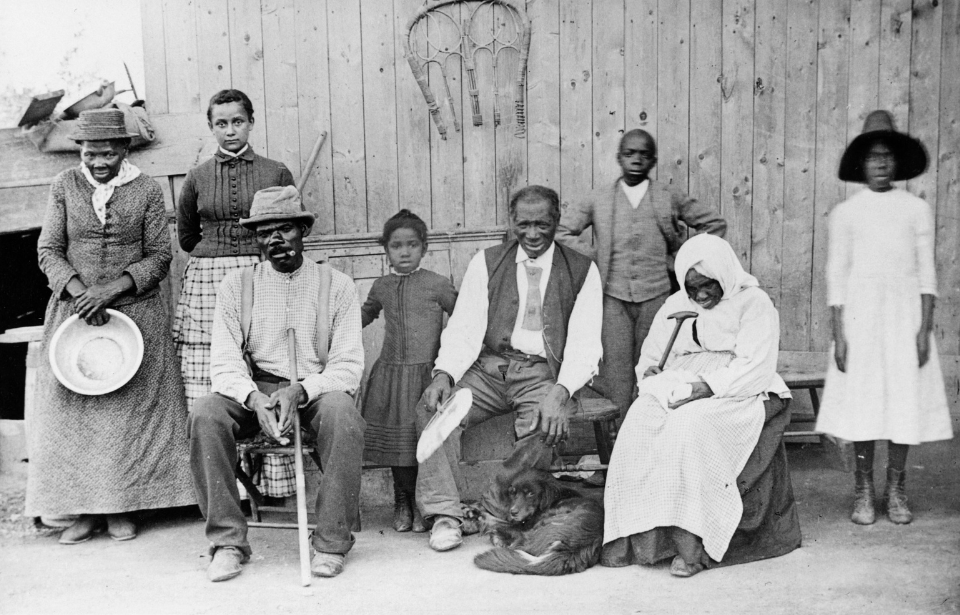Harriet Tubman (born Araminta Ross) was born in 1822 in Dorchester County, Maryland. She was an American humanitarian and activist who worked as a spy for the United States Army during the American Civil War. She is perhaps the most well-known of all the Underground Railroad’s “conductors.”
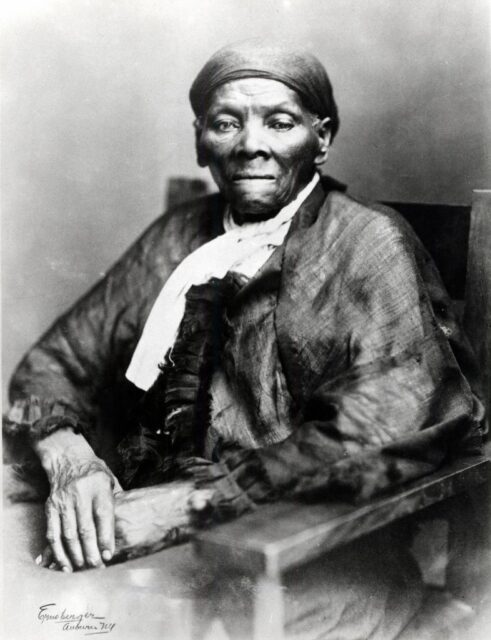
Born into slavery, Tubman worked on the plantation where her parents were enslaved. She lived and worked there from childhood. While she was a teenager, she blocked a doorway to protect another field hand from an angry slave owner. The slave owner threw a two-pound heavy metal weight that struck Tubman on the head. The injury caused pain and spells of hypersomnia that followed her for the rest of her life.
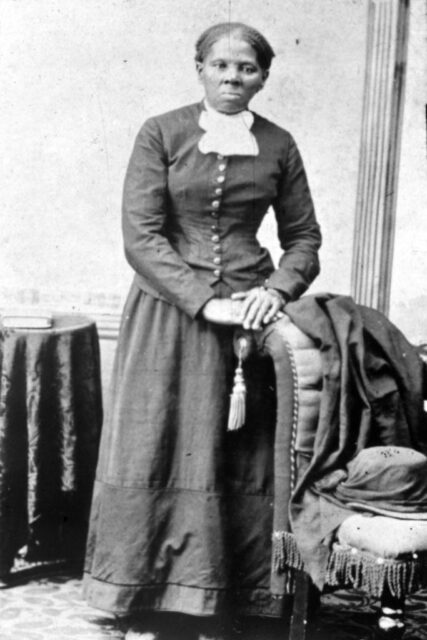
Later, when she married John Tubman, she took his last name and changed her first name to “Harriet.”
In 1849, at age 27, she escaped to Philadelphia but, during her life, she returned to Dorchester County approximately 13 times to free family, friends, and other enslaved African Americans. Tubman escorted over 300 slaves to freedom, traveling by night and in extreme secrecy. She never lost a single passenger.
In 1859, she purchased a farm in Auburn, New York, and established a home for her family and others.
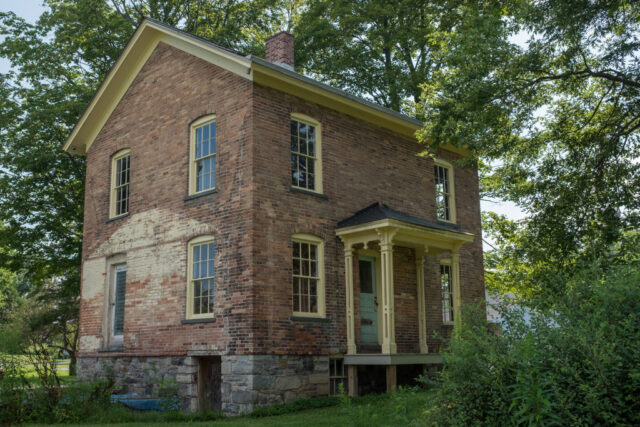
During the Civil War, she supported the Union forces as a scout, spy, and nurse to African-American soldiers. When the war ended, she established the Harriet Tubman Home for the Aged, caring for African Americans in need.
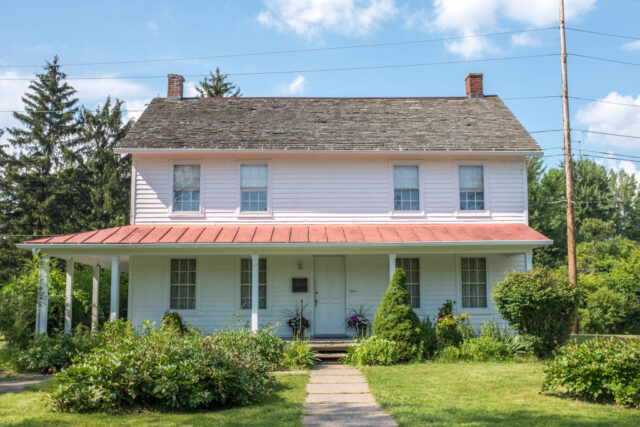
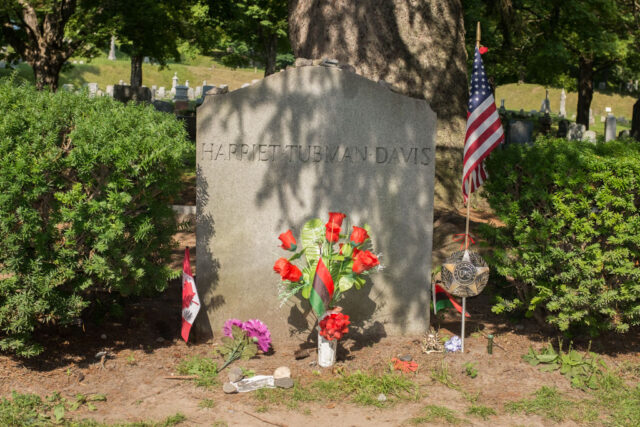
More from us: Martin Luther King Jr. was Awarded a Grammy for His Speech Denouncing the Vietnam War
To her people, she was often known as “Moses.” Tubman was an active participant in the struggle for women’s suffrage until illness overtook her and she was to be admitted to the Home for the Aged. She died on March 10, 1913, in Auburn, New York. She became an icon in America and continues to serve as an inspiration of courage and freedom.
